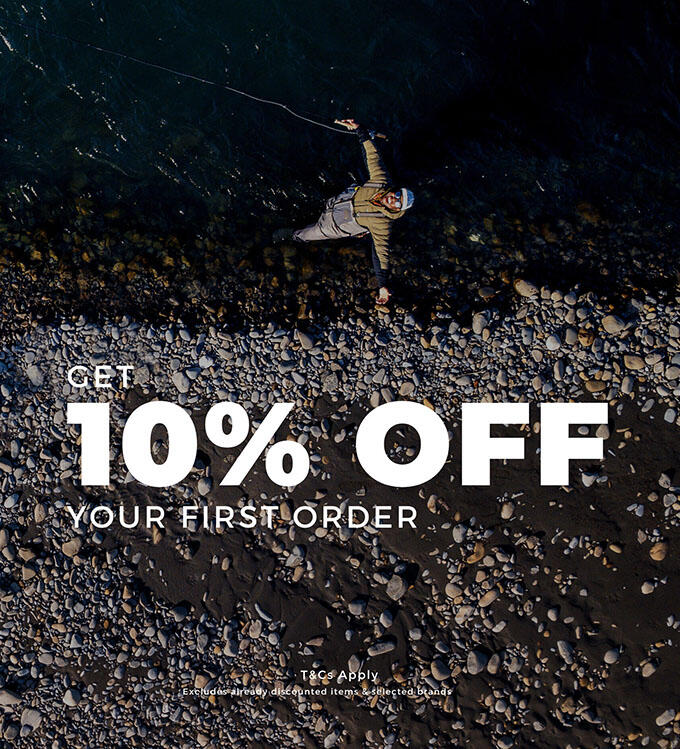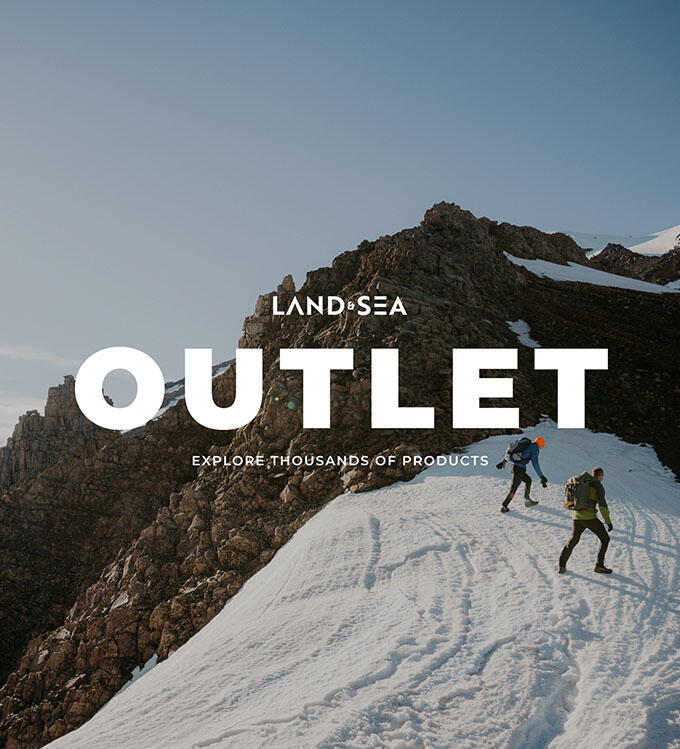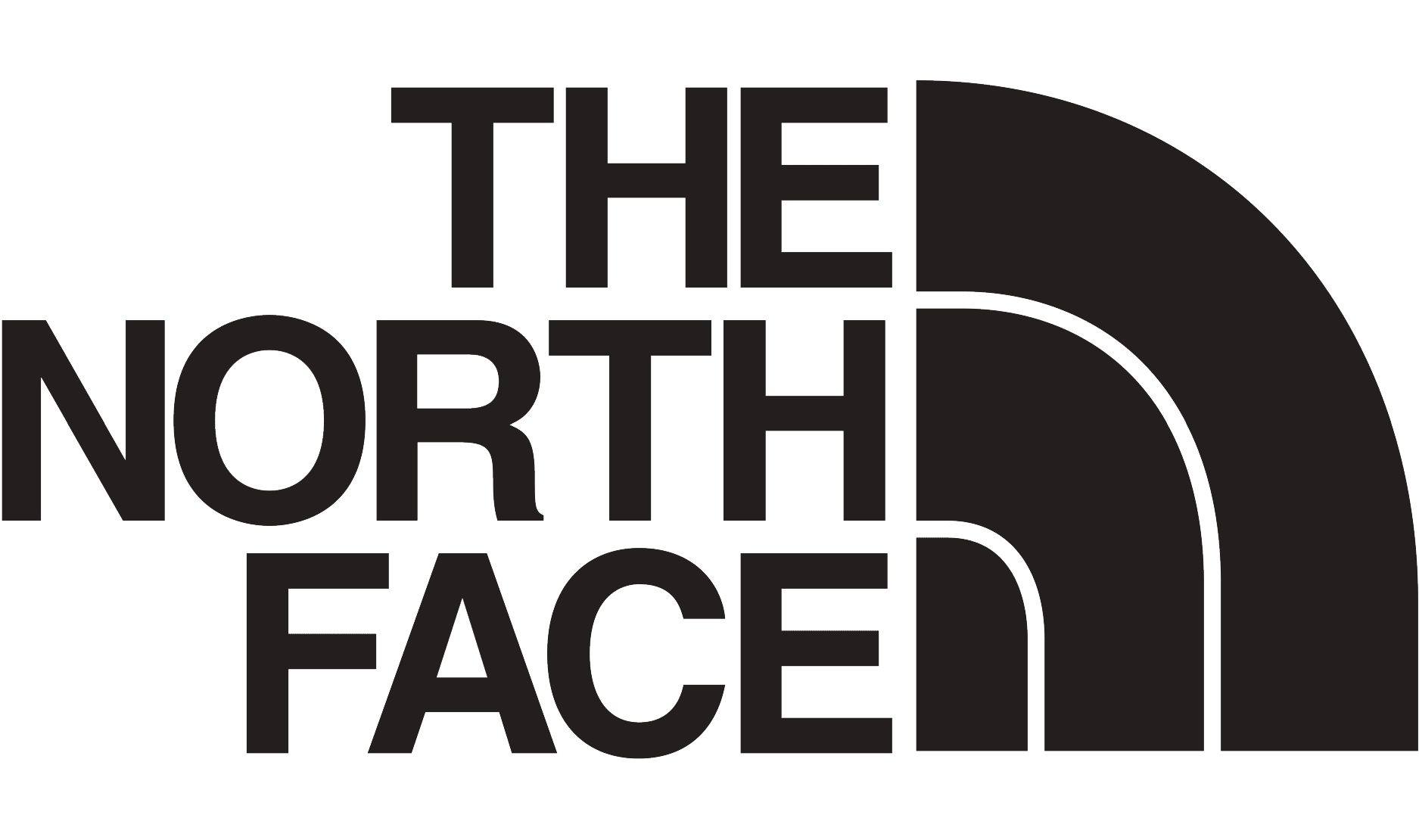The Ultimate Guide To Buying A Fishing Rod In NZ
The Ultimate Guide To Buying A Fishing Rod In NZ
Whether you're a seasoned angler or a complete newbie, choosing a fishing rod can always be a bit nerve-wracking because of the number of factors you have to take into account; your target species, location, skill level, and the preferred materials of the rod. But, not to worry, we're here to make your life easier. This detailed guide is your ultimate ally, answering the all-important questions of how to buy a fishing rod in NZ. We'll cover all of the above factors, plus give you a list of the best fishing rod deals in the country and how to grab them.
And if you're in a hurry, jump straight to the info you need
- i. 7 Different Types Of Fishing Rods And What They Are Used For
- ii. 3 Types of Fishing Rod Materials
- iii. What type of fishing rod should I buy?
- iv. Which fishing rod is good for beginners
- v. Final thoughts on fishing rods + where to buy them (online and in-store)
So, let's dive straight into it!
7 Different Types Of Fishing Rods And What They Are Used For
Before we get into the details of the different types of fishing rods that are out there, first ask yourself these two questions:
1. What type of fishing will you be doing?
2. Where will you be doing your fishing?
Once you've got the answers to those two questions, you'll find it a breeze to match up different types of fishing rods and their uses. Now, onto the seven main types of rods in detail:
Use for: Multiple fishing techniques, including casting, jigging and trolling. Mainly used as a soft baiting rod the 7ft 6inch length still allows versatility as a general spin rod paired perfectly with any 3000 sized reel.
This bad boy is the go-to choice for most anglers out there looking for a well-priced soft bait rod. The TD Black Supacasta fishing rod provides exceptional castability while having medium to fast action providing the ultimate control of your lure. The stunning black cosmetic resonates with Kiwi anglers and pairs perfectly with most 3000 & 4000-sized spin reels on the market.
The specifically designed butt section of the fishing rod ensures you have the perfect leverage when fighting fish. A longer butt provides ample leverage while also protecting your rod within the rod holder whilst travelling to your next stop.
Pros:
- Value for money personified
- Versatile for multiple forms of fishing
- Great unoffensive cosmetic
- Pair with both 3000 & 4000 sized reels Cons
- Mid range componentry
- 7ft 6Inch size may be a little long for some anglers looking to slow jig
Use for: Often referred to as the best topwater casting rod under $1000 the Saltiga C 83 is a trusted rod for many elite anglers around New Zealand. Used both from the rocks & boat while paired with a high-end 14000-sized spin reel, this is the ultimate fishing rod for chasing Kingfish in NZ. It’s powerful 3DX technology allows ample fighting strength while its design allows a nice parabolic action removing the pressure off the angler. Perfect for big NZ Kingfish.
This incredibly designed fishing rod provides a simple cosmetic that reiterates its class. Ideal for elite anglers or anyone looking to enter the world of topwater fishing. Don’t be shy about the quality of this rod, it’s your one-stop shop to big fish.
The fishing rod encompasses many of Daiwa’s leading technologies and is designed specifically for offshore Kingfish, Giant Trevally & Tuna. Ideal for casting big handmade stickbaits this rod provides so many options for the avid angler.
This rod is used by many of New Zealand’s top anglers, showcasing it’s trusted & proven reliability.
Pros
- High end performance
- Daiwa’s leading technology & full Fuji Componentry
- Ability to cast big lures for big fish
- 2 sections for ease of transport Cons
- Not super cheap
Use for: Fishing when camping, hiking and backpacking or when you don't have much space in your car.
Travel rods or telescopic rods are super portable, compact, and lightweight, so you can take your fishing rod wherever you go, never missing the bite. The best part? Travel rods either collapse down to 4 or 5 pieces or collapse into a compact telescopic design ready to expand when you need them, which makes them easy to carry around.
Multi piece travel & telescopic fishing rods are pretty advanced rods nowadays that work for many styles of fishing & incorporate many leading technology features.
Pros
- Great for travelling & highly-portable
- Compact and collapsible so you can easily store in your bike, or car that's packed to the brim
Cons
- Lot's of moving parts that can be hard for beginner's to assemble
4. Fly Fishing Rods
Use for: Fly fishing New Zealand rivers & lakes when targeting trout and salmon.
As the name suggests, fly fishing rods are used for fly fishing. They come in a variety of sizes and lengths and target a wide range of fish species. Unlike spin or baitcasting rods, fly rods are typically longer, with the most common length being around three meters, but they can go up to four meters.
They are specifically designed for fly reels, which function differently from spin rods or baitcasting rods. Fly lines are thicker and weighted for casting, and they can have different variations, such as; floating, sinking, or sink tip, for specific purposes.
Pros
- Fly fishing is a whole different ball game compared to regular fishing taking you to some remote and beautiful parts of the world
- You can offer flies to fish, which may not be possible using other rods
- You can fish in exclusive fly-fishing areas
- Fly rods are compact and generally break down into 4 pieces
Cons
- Limited casting distance
- Further gear is required to support the art of fly fishing
- Challenging to learn how to cast vs conventional spin reels
- Can be restricted in the weight of the lure you want to cast
Use for: Fishing rod for trout, snapper, kahawai, trevally & more. Great for backpacking, camping or micro baiting from a boat.
Slender and lightweight, ultra-light fishing rods are specifically designed to present smaller lures to fish in a match the hatch style of fishing. Plus, they are easy to carry on your backpacking adventures. Ultra-light rods come in various weights and lengths and are generally paired with 2000 or 2500-sized spin reels or baitcast reels.
Pros
- Makes presenting small baits or lures enjoyable & easy.
- Perfect for backcountry fishing missions
- Ideal for micro baiting, casing small lures
- Easy to travel with
?Cons
- Can be challenging when targeting big fish
- Difficult to cast long distances
- Restricts the size of the lure you can cast
Use for: Fishing from the beach or shore & when extra casting distance is required.
Popular for land based fishing, surf fishing rods have a sturdy butt and are longer in length. The added length will allow you to cast a heavy bait rig easily to the desired spot. Paired with a specific surf casting reel this combination will provide exceptional casting distance.
Surf casting rods may not be suitable for everyone, but they're perfect for casting from the surf, beach, pier, or other shoreline areas. The rod is available in many lengths however the most popular sizes are 13, 14 & 15 foot.
Pros
- Huge casting distance
- Ideal for targeting a variety of species from Snapper, kingfish & Kahawai
- Available in many different lengths to suit the angler Cons
- Long & hard to transport
- Only allow you to fish the in-shore zone from the land
7. Trolling/Boat Fishing Rods
Use for: Perfect for stray lining, ledger rig fishing or trolling. Boat rods are considered one of the more versatile and popular styles of fishing rods.
Boat rods are available in both overhead or spin versions and can be paired with a variety of reels from drum reels to baitrunner reels. Generally built between 7ft & 8ft in length these rods are incredibly versatile & able to be used both from a boat & on shore.
Pros
- Used for a variety of fishing techniques
- Available in both spin & overhead models
- Perfect for trolling behind a boat. Cons
- Generally made out of glass for added strength
3 Types of Fishing Rod Materials
When buying a fishing rod, you'll also be presented with a variety of materials to pick from. It’s important that you are informed as to the benefits of each to ensure you make the correct purchase for your requirements. Here are the four types you'll come across, and their characteristics.
Fibreglass Rods
- More affordable than carbon fibre rods
- Slightly heavier than carbon rods.
- Have a greater weight capacity, making them suitable for large fish.
- Incredibly durable making glass rods perfect for beginner to immediate anglers along with land based fishing trips
- Generally very parabolic (flexible) making glass rods enjoyable to use
Carbon Fishing Rods
- Lightweight and ideal for experienced anglers.
- Greater parabolic action due to its strength-to-weight ratio allowing more advanced designs
- A more dense construction provides greater strength & more durability while under load
- Generally more expensive than fiberglass or composite rods.
Composite Fishing Rods
- A blend of fiberglass and graphite (for balanced performance)
- Action and flexibility falls between fiberglass and graphite rods
- Price range is also in-between the two materials
- The ideal rods for the intermediate angler
What type of fishing rod should I buy?
Once you have landed on the style of fishing in which you intend to use your rod it’s important to match the lure weight & reel with your new rod. Next, it’s necessary to pick a reel that works well with your chosen rod and get geared up for your next fishing adventure. From there, all that's left is to ensure that you are using the correct weight of either braid or monofilament to ensure optimal performance.
Which fishing rod is good for beginners?
If you're just getting started, we recommend a spinning rod or a boat rod that can be paired with a bait & run style reel or a simple overhead reel. These rods are versatile and perfect for beginners because they allow you to learn the basics in various fishing situations.
Final thoughts on fishing rods + where to buy them (online and in-store)
Having the right fishing rod is important to ensure anglers are adequately armed to target their desired species with the appropriate techniques required. Whether casting lures, pitching baits or simply dropping ledger rigs both from the shore or a boat. When buying a fishing rod, you have a number of potential options to choose from, and the gist of it is;
- There are seven main types of fishing rods, including spin rods, casting rods, travel rods, fly rods, ultra-light rods, surf rods, and boat fishing rods.
- There are three main types of fishing rod materials: fibreglass, graphite and composite.
- If you're a beginner, go for a spinning rod or a boat rod with medium weight, length, and power.
And that's it! Now that you know the A-Z of how to buy a rod, check out our collection of the best fishing rods in New Zealand here. Land & Sea stocks the most advanced fishing rods from the world's leading brands such as;
- Shimano
- Daiwa
- Ocean's Legacy
- Penn
- Abu Garcia
- Okuma & many more!
So, whatever your needs, we have just the right rod for you. You can buy fishing rods online or at the Land & Sea concept store in Auckland.










